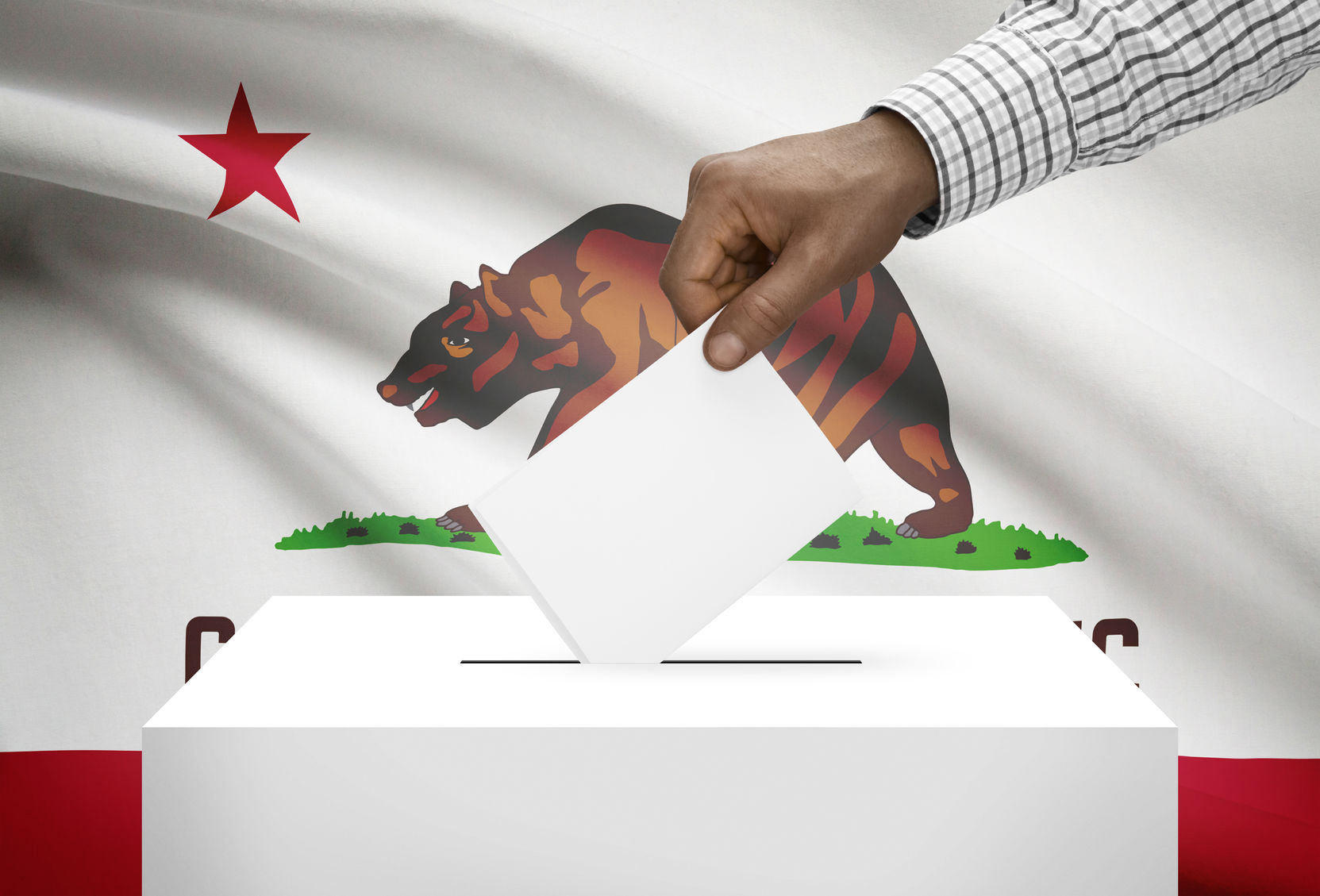On November 5, 1996, California voters approved Proposition 209, the California Civil Rights Initiative, by a margin of 54 to 46 percent. Twenty years later this vote should be recalled as a victory over racial prejudice and politically correct dogma.
According to this dogma, all institutions should precisely reflect the racial or ethnic diversity of our society’s population. If they do not, the reason must be deliberate discrimination and the only remedy is government action, namely, racial and ethnic preferences.
Those who deploy this proportionality dogma, particularly college administrators, ignore that personal differences, effort, and choice largely determine the racial and ethnic composition of institutions; they also ignore that statistical disparities are the rule, not the exception. Yet politically correct administrators believe that some groups are “overrepresented,” that is, there are “too many” of some kinds of people on campus, even though they may have achieved top-drawer academic credentials.
Thus, prior to 1996, the University of California discriminated against Asians, a group that had suffered decades of official discrimination in California. The Chinese had earlier experienced racism and exclusion through the Federal Immigration Act of 1924 and California’sAnti-Coolie Act of 1862. Then during World War II the government interned American citizens of Japanese descent in what were essentially concentration camps.
Until 1996 many highly qualified Asian Americans found their applications to California’s public colleges and universities rejected. This is because administrators gave preference to other groups, most notably blacks and Hispanics, even though their academic qualifications were below those of the Asian and caucasian students rejected.
Enter the California Civil Rights Initiative, Proposition 209 on the November 1996 ballot: “The state shall not discriminate against, or grant preferential treatment to, any individual or group on the basis of race, sex, color, ethnicity, or national origin in the operation of public employment, public education, or public contracting.”
Administrators and politicians attacked it in apocalyptic terms, but California voters approved it 54 to 46 percent. The disaster the preference forces predicted never came about.
As Thomas Sowell noted in Intellectuals and Race, declines in minority enrollment at UCLA and Berkeley have been offset by increases at other UC campuses. More important, the number of African-American and Hispanic students graduating from the UC system has gone up, including a 55 percent increase in those graduating in four years with a GPA of 3.5 or higher.
After the ban on preferences took effect, according to Sowell, blacks and Hispanics with degrees in science, technology, math, and engineering rose 51 percent, and the number of doctorates earned by such students rose 25 percent. Even so, politicians and administrators have continued to reject the voice of the people and target Proposition 209.
In 2014 West Covina Democrat Ed Hernandez backed a measure (SCA 5) he said would “ensure that universities reflect the diversity of the state” and restore racial preferences. Following complaints from Asian legislators and groups, Assembly Democrats withdrew the measure, claiming lack of support.
Instead of legislation, task forces, and such, politicians who favor racial and ethnic preferences might try a simpler strategy. Drop the word “not” from the original language of Proposition 209 so it reads: “The state of California shall discriminate . . . on the basis of race, sex, color, ethnicity, or national origin.”
Put that on the ballot in 2018 or 2020. That will empower California voters to express their preferences, just as they did in 1996.








